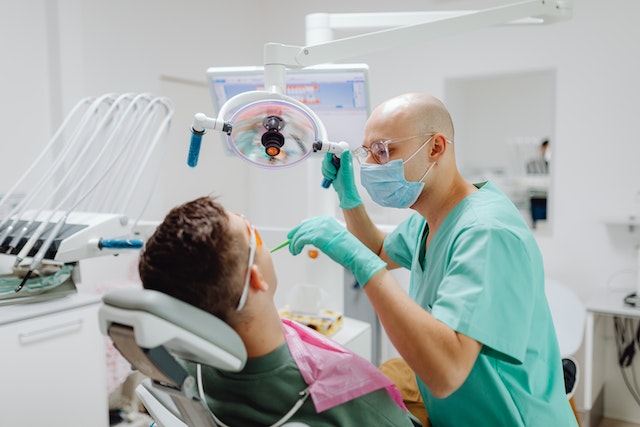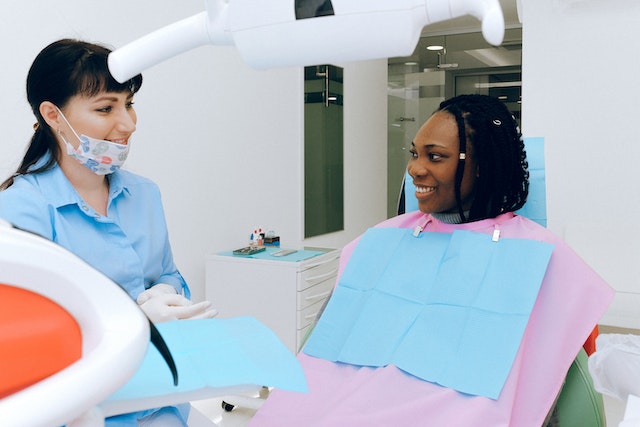Many individuals undergo wisdom tooth extraction. Wisdom teeth are also known as third molars and they will emerge in late adolescence or early adulthood. There can be many complications due to having limited space in the mouth for these in many individuals. The extraction process for wisdom teeth can be quite routine and there are special considerations to be accounted for.
You need to understand the timing and development of wisdom teeth.
They will generally start to erupt at the age of 17 and sometimes it can also be delayed up to 25 years. This will depend on the person. By going for regular dental check-ups, the dentists will be able to monitor the development of your wisdom teeth and take timely intervention. This can help prevent potential complications that are associated with misaligned or impacted teeth. To learn more about this, you can read the Smile Files blog where you will find accurate dental information. The reason for impacted wisdom teeth is insufficient space. When there is not enough space, the tooth will not be able to erupt properly and this will cause it to become trapped underneath the gumline. In some situations, it will grow at an angle. The degree of impaction will be assessed by dental professionals through dental imaging and clinical examinations so that they can decide what the best course of action for extraction is.

Before a tooth is extracted,
You will undergo a pre-extraction evaluation where your overall oral health will be assessed. The dentist will identify whether there are any underlying conditions that can affect the extraction process or the recovery. This will include a medical assessment, dental history review and the dentist will also discuss your options for anaesthesia. There are different anaesthesia and sedation options that will be selected depending on your individual preferences and the complexity of the extraction procedure. This can help ensure your comfort during the procedure. Generally, local anaesthesia will be administered so that the extraction site can be numbed. If the procedure is complex or if the patient has anxiety about the procedure, sedation options such as general anaesthesia or intravenous sedation will be considered. Simple or surgical techniques will be used depending on where the tooth is located and its condition. If the tooth is fully erupted and visible in the mouth, a simple extraction will be sufficient. But if the tooth is partially erupted or impacted, surficial extractions will be required.

After extraction,
You need to understand the care needed so that healing can be promoted. Post-extraction care can help prevent complications following the removal of the wisdom tooth. Detailed instructions will be provided to patients on oral hygiene practices, strategies to manage pain and dietary restrictions. They will be educated on follow-up care so that the risk of infection can be reduced. However, even with careful care, there can be complications that can occur such as swelling, bleeding, infection and nerve injury. You are advised to report any unusual symptoms promptly to your dentist so that timely intervention can be provided.





